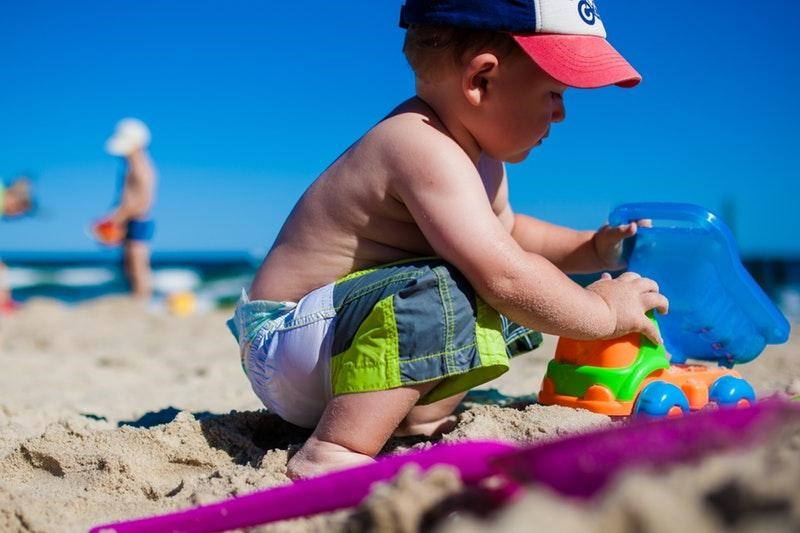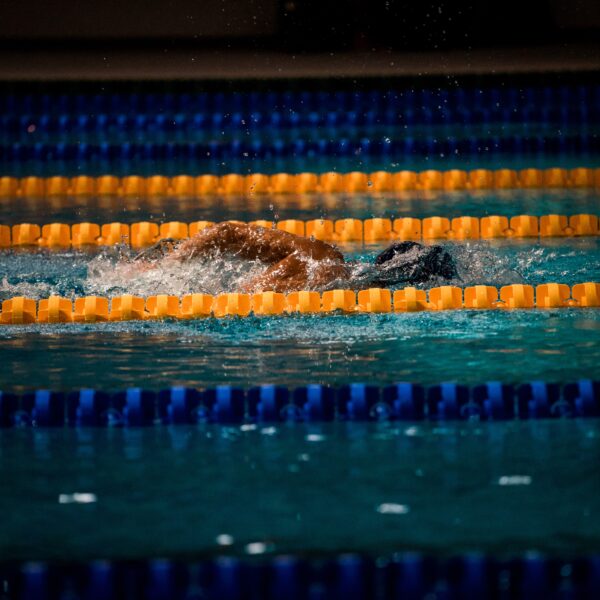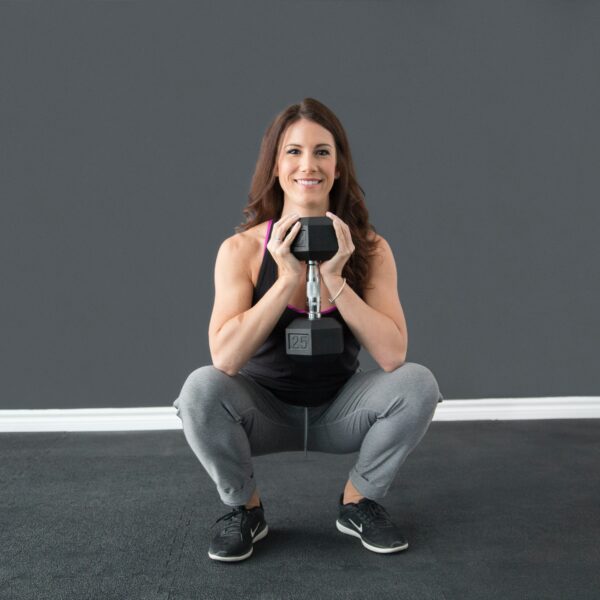Play is learning for children, and in order to stimulate their minds, many parents turn to toys to teach their children about the world around them. If you’re not exactly sure what type of toy would be appropriate for your child and their developing stage, take a look at this age-by-age toy guide for parents.
0-12 months
At this stage, the baby is more of an observer even though their vision is still blurry. Because the sense of sight is still sensitive and the baby can’t really distinguish the objects in front of her, it would be best to present the baby with toys in bold, contrasting colors or something with a strong pattern on it to stimulate her vision. Another sense that baby concentrates on at this stage is the sense of touch, so she will be reaching for various objects and trying to grab them with her tiny hands. Anything that comes in complex shapes and textures and makes noise will attract her attention, so rattles, teething toys, and stuffed animals are the best toys for this age.
1-2 years
As they grow up, children begin to engage their other senses, and at this next stage, they are particularly drawn to interactive objects and toys. They can walk now, and their motor skills are starting to develop more and more during this stage, so it’s no wonder they simply love toys with buttons which they can press and listen to the sounds that they make. They love keeping their hands busy, so crayons and markers are now their new favorite things to play with and tools for exploring their creativity. Small wood puzzles and objects that require sorting are a great way to employ the minds of small problem-solvers, while dolls with accessories will let their imagination run wild as they’re playing pretend games.
2-3 years
Now that his or her motor skills are quite developed, the child can now easily build with blocks without anyone’s help, and solving puzzles is much easier at this point. They will move around a lot more, so it would be good to give them toys that support their active nature. Push and pull toys are great for children at this stage, and things like toddler shopping carts will keep them active while also being a great prop for a make-believe game. They will also try to imitate their parents and those around them by pretending to talk on a toy phone, cooking in their toy kitchen, or pushing their baby doll around in a stroller. Ride-on toys are also safe to introduce in this stage, and tricycles become suitable around the time they turn 3.
4-5 years
Children become very interested in learning new things at this stage, so try to introduce as many interactive and educational toys as you can. Go with electronic phonics toys and objects that can teach them math and improve their verbal skills. Now that they’re older, smaller figures are now safe to introduce. If they have a favorite character from a movie or a TV show, get them a funko pop vinyl figures which they can add to their collection and have a wider selection when it comes to pretend games. Around this time, you can also teach them how to ride a bike, but be sure to get a bicycle with training wheels first.
6-7 years
This is the stage when the child starts developing their own interests and discovering things they’re particularly good at or simply enjoy doing. While some may choose to be crafty and have fun making their own bracelets and jewelry, others will love pretending to be scientists, which makes magnifying glasses and telescopes the perfect gifts. They will also start bringing friends over and those relationships start to mean something to them. Be sure to get some board games and card games they can play with their friends when they visit and opt for ones that stimulate the brain such as chess and checkers.
8+ years
At this stage, the emphasis is put on the further development of the skills that the child already has, with competence slowly appearing and bringing various challenges – from the score they got in a game to their grades at school. Girls may start writing their diaries and working on crafty projects that take a couple of days to complete while boys will enjoy competing with their friends and playing computer and video games that give them a sense of mastery.
Ensuring your child is surrounded with toys appropriate for their development stage is key to keeping their minds active and engaged. Refer to this guide to ensure you get them the right toys for their age and also keep them safe.






Like this article? Share with your friends!